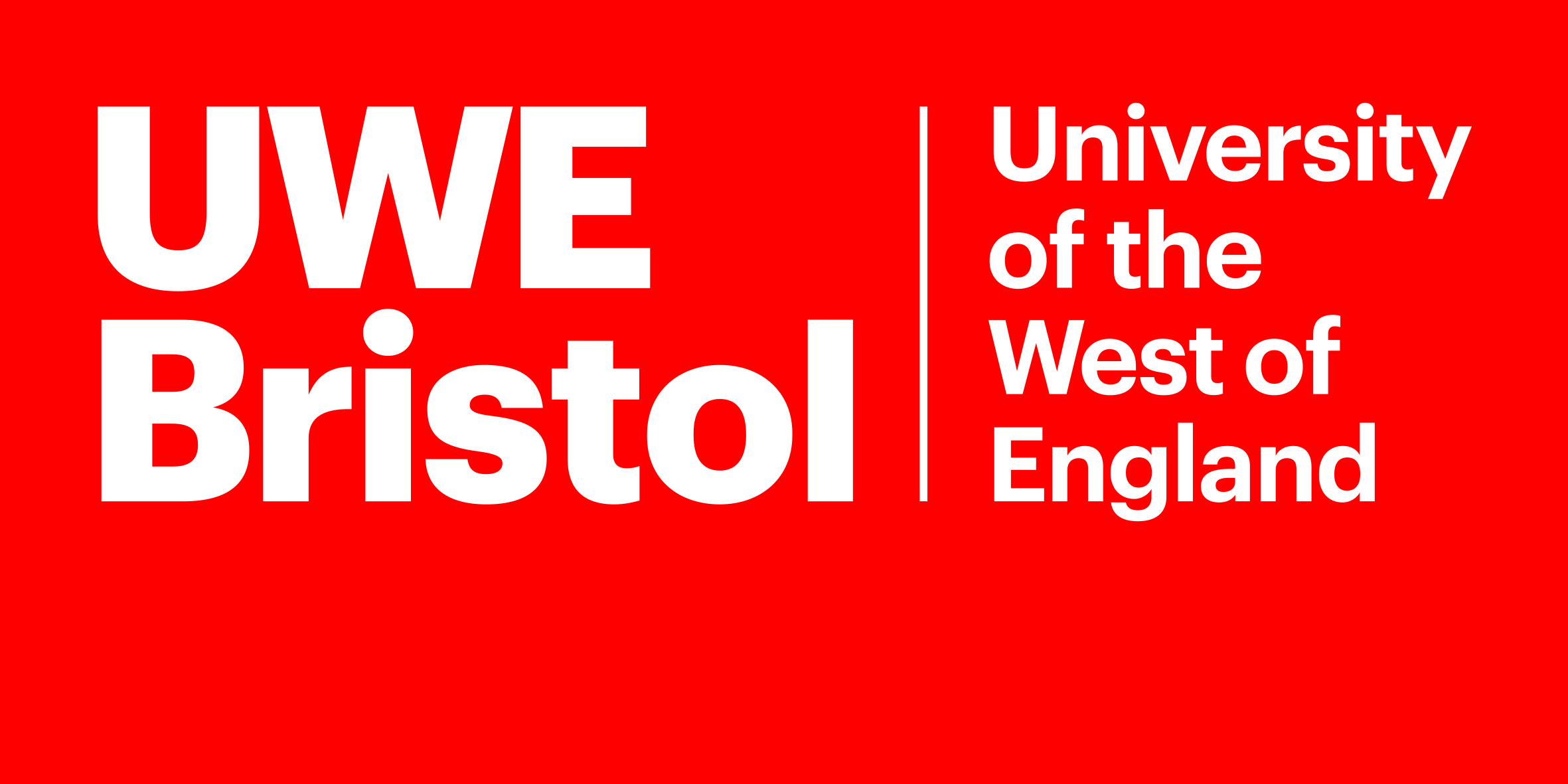Achilleas Kechagias
Eugenol@Montmorillonite vs. Citral@Montmorillonite Nanohybrids for gelatin-based extruded, edible, high oxygen barrier, active packaging films
Kechagias, Achilleas; Leontiou, Areti A.; Oliinychenko, Yelyzaveta K.; Stratakos, Alexandros Ch.; Zaharioudakis, Konstatninos; Proestos, Charalampos; Giannelis, Emmanuel P.; Chalmpes, Nikolaos; Salmas, Constantinos E.; Giannakas, Aris E.
Authors
Areti A. Leontiou
Yelyzaveta K. Oliinychenko
Alexandros Stratakos Alexandros.Stratakos@uwe.ac.uk
Associate Professor in Sustainable Agri-Food Production
Konstatninos Zaharioudakis
Charalampos Proestos
Emmanuel P. Giannelis
Nikolaos Chalmpes
Constantinos E. Salmas
Aris E. Giannakas
Contributors
Alberto Romero García
Editor
Abstract
In the context of the circular economy, the valorization of bio-derived waste has become a priority across various production sectors, including food processing and packaging. Gelatin (Gel), a protein which can be recovered from meat industry byproducts, offers a sustainable solution in this regard. In this study, pork-derived gelatin was used to develop novel edible active packaging films, designed for meat products. Glycerol (Gl) was used as a plasticizer. Two types of montmorillonite-based nanohybrids were employed as both reinforcing agents and carriers of antioxidant/antibacterial compounds: eugenol-functionalized montmorillonite (EG@Mt) and citral-functionalized montmorillonite (CT@Mt). The active films were formulated as Gel/Gl/xEG@Mt and Gel/Gl/xCT@Mt, where x = 5, 10, or 15 wt.%. Controlled-release kinetics showed that EG@Mt released up to 95% of its adsorbed eugenol, whereas CT@Mt released up to 55% of its adsorbed citral. The films were evaluated using the DPPH (2,2-diphenyl-1-picrylhydrazyl) assay and tested for antibacterial activity against Escherichia coli and Listeria monocytogenes. Results demonstrated that the Gel/Gl/xEG@Mt films exhibited superior antioxidant and antibacterial performance compared to the Gel/Gl/xCT@Mt films. All formulations were impermeable to oxygen. Although the incorporation of EG and CT slightly reduced cell viability, values remained above 80%, indicating non-toxicity. In conclusion, the film containing 15 wt.% EG@Mt achieved an oxygen transmission rate of zero, an effective concentration (EC60) of 9.9 mg/L to reach 60% antioxidant activity, and reduced E. coli and L. monocytogenes populations by at least 5.8 log CFU/mL (p < 0.05), bringing them below the detection limit. Moreover, it successfully extended the shelf life of fresh minced pork by two days.
| Journal Article Type | Article |
|---|---|
| Acceptance Date | May 28, 2025 |
| Online Publication Date | May 29, 2025 |
| Publication Date | May 29, 2025 |
| Deposit Date | Jun 18, 2025 |
| Publicly Available Date | Jun 19, 2025 |
| Journal | Polymers |
| Electronic ISSN | 2073-4360 |
| Publisher | MDPI |
| Peer Reviewed | Peer Reviewed |
| Volume | 17 |
| Issue | 11 |
| Article Number | 1518 |
| DOI | https://doi.org/10.3390/polym17111518 |
| Keywords | edible packaging, minced pork, montmorillonite, citral, active packaging, shelf life, eugenol, gelatin, high oxygen barrier |
| Public URL | https://uwe-repository.worktribe.com/output/14564396 |
Files
Eugenol@Montmorillonite vs. Citral@Montmorillonite Nanohybrids for gelatin-based extruded, edible, high oxygen barrier, active packaging films
(4.9 Mb)
PDF
Licence
http://creativecommons.org/licenses/by/4.0/
Publisher Licence URL
http://creativecommons.org/licenses/by/4.0/
You might also like
Downloadable Citations
About UWE Bristol Research Repository
Administrator e-mail: repository@uwe.ac.uk
This application uses the following open-source libraries:
SheetJS Community Edition
Apache License Version 2.0 (http://www.apache.org/licenses/)
PDF.js
Apache License Version 2.0 (http://www.apache.org/licenses/)
Font Awesome
SIL OFL 1.1 (http://scripts.sil.org/OFL)
MIT License (http://opensource.org/licenses/mit-license.html)
CC BY 3.0 ( http://creativecommons.org/licenses/by/3.0/)
Powered by Worktribe © 2025
Advanced Search
